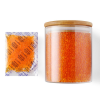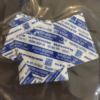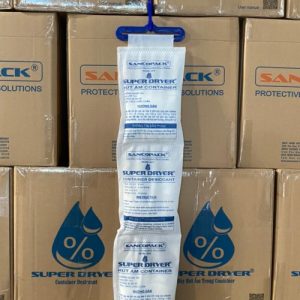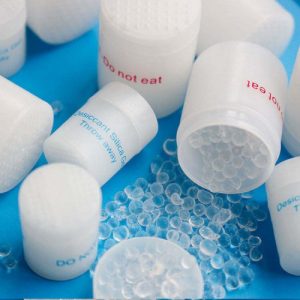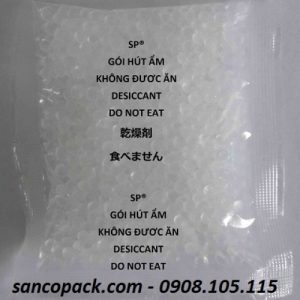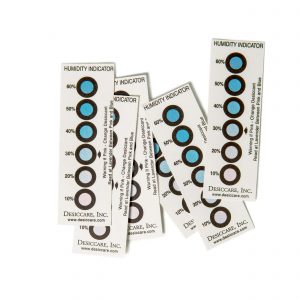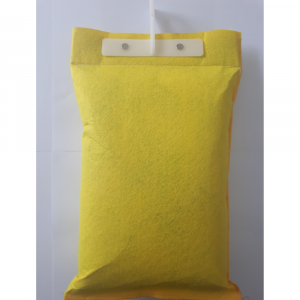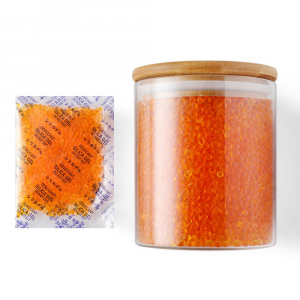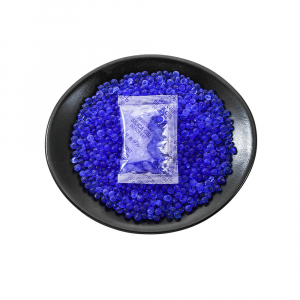What is SAP Powder (Super Absorbent Polymer)?
SAP powder, Sodium polyacrylate, super absorbent polymer, SAP acrylic polymer, super absorbent SAP for adult/child diaper production, are some popular names on the market.
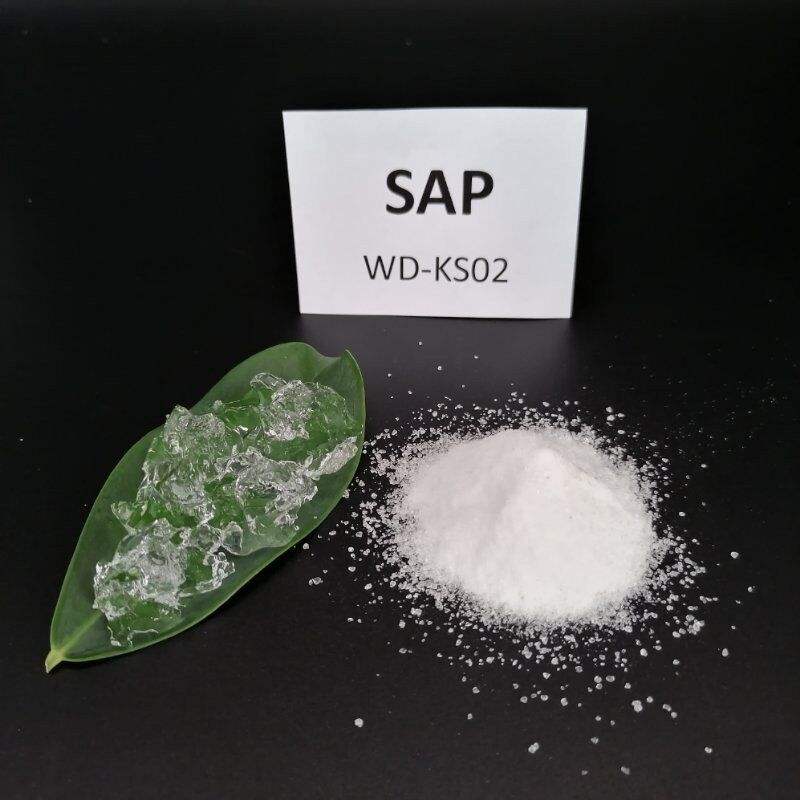
A material that has the ability to absorb and hold water up to 300 times its weight. After absorbing, the material will turn into a gel. Superior features should be used in all fields such as agriculture, industry, sanitation…
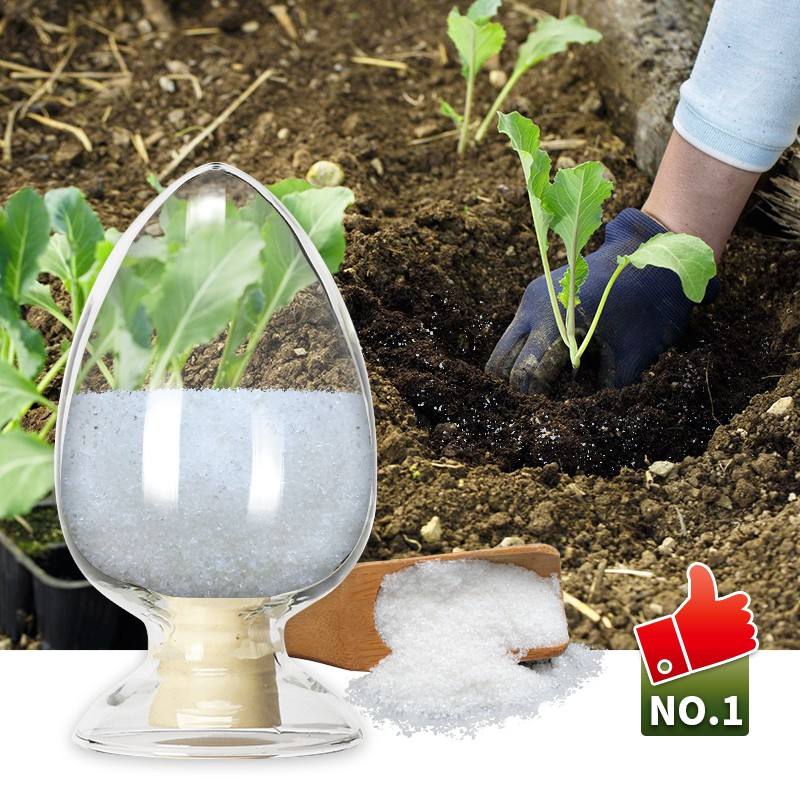
Feature:
- SAP is a water gel.
- Aqueous SAP gel is chopped, crushed and then dried.
- SAP granules are super absorbent and can be packed into bags.
Set Calculation:
- Non-toxic, safe and environmentally friendly, does not pollute plants, soil, groundwater, flowers, or fruit trees.
- Save water.
- Improve soil structure.
- Long service life.
- Fast absorption rate.
| ✅ Supply: | ⭐ Industrial SAP powder, Gel ice SAP powder, Silica gel desiccant packs, clay desiccant packs, silica gel desiccant beads (white, blue, orange, powder), container hanging moisture-proof bags & ropes, oxygen absorber packs,. .. |
| ✅ Price: | ⭐ Good price, most competitive |
| ✅ Size: | ⭕ 0,5g, 1g, 2g, 3g, 4g, 5g, 6g, 10g, 20g, 30g, 50g, 100g, 200g, 500g,.. 1kg. |
| ✅ Hygroscopic ability: | ⭐ 35% – 285% by weights. |
| ✅ Certification: | ⭐ Full quality certification. |
| ✅ Materials: | ⭕ SAP powder, Silica gel, Calcium chloride (CaCl2), Bentonite Clay,… |
What Are the Ingredients of SAP Powder?
The main ingredients of sap powder are acrylic acid, sodium hydroxide (or a similar neutralizer) and water plus a cross-linker that forms a long coiled polymer chain.
When absorbing liquid, the polymer chain expands, the networks expand, store the liquid, and then transform into a gel that locks the liquid in.
Using SAP Powder (Super Absorbent Polymer)
- Used in industrial and agricultural industries such as: crops, nurseries, flowers, garden grasses, fruit trees, forestry, seedling transportation…
- Raw materials for producing gel ice (heat preservation bags)
- Super absorbent ability, can absorb water up to several hundred times the weight of super absorbent SAP beads in a short time. Ideal material for producing baby diapers, sanitary napkins, sanitary towels, feminine hygiene products…
- Can be used to prevent drought, store water, and contain nutrients, improve soil quality, save water and make fertilizer to increase crop productivity.
1. SAP Powder (Super Absorbent Polymer) For Agriculture
- Increases soil water holding capacity by 85%, reduces watering times, effectively saves water.
- Limit the loss and evaporation of water and nutrients, protect plant roots, under the impact of the environment.
- Improve soil quality, reduce erosion and enhance crop growth, by providing water and nutrients right at the plant’s base, avoiding fertilizer waste.
- Protect the environment, prevent drought and groundwater pollution.
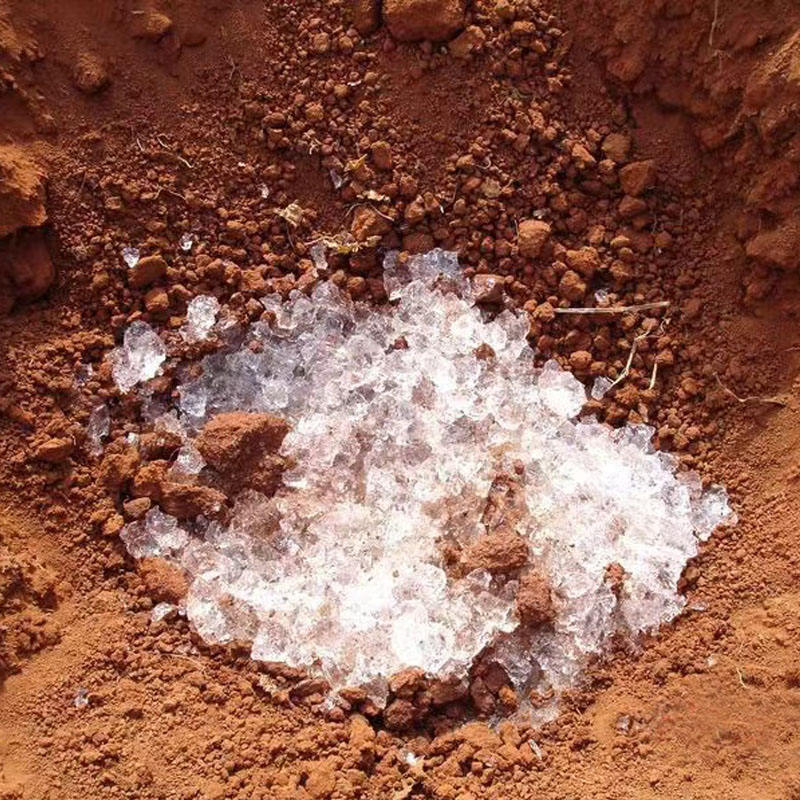
2. SAP Powder for Industry – SAP Powder for Making Gel Ice
Widely used in industries such as petrochemicals, cables, sensors, firefighting equipment, fiber products, cosmetics, food preservation… Used in medical equipment, manufacturing sanitary napkin products, disposable diapers for infants and adults…
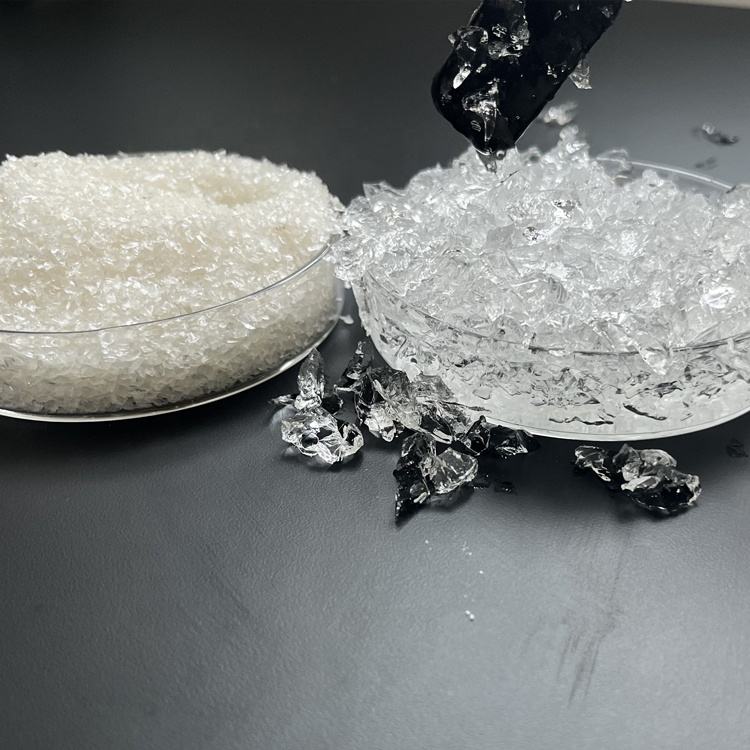
Where To Buy SAP Powder (Super Absorbent Polymer)? How Much Does It Cost?
With multi-industry and multi-field applications, the demand for the product is quite high, the material is also sold by many units and agents on the market, the quality is difficult to guarantee, it is easy to buy fake and ineffective products. .
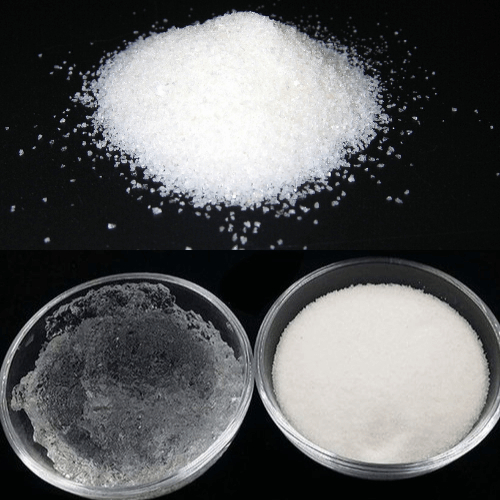
So where to buy super absorbent SAP (super absorbent polymer) powder with reputation, quality, and good price? Sancopack company specializes in providing strong, quality desiccants with the most competitive prices on the market.
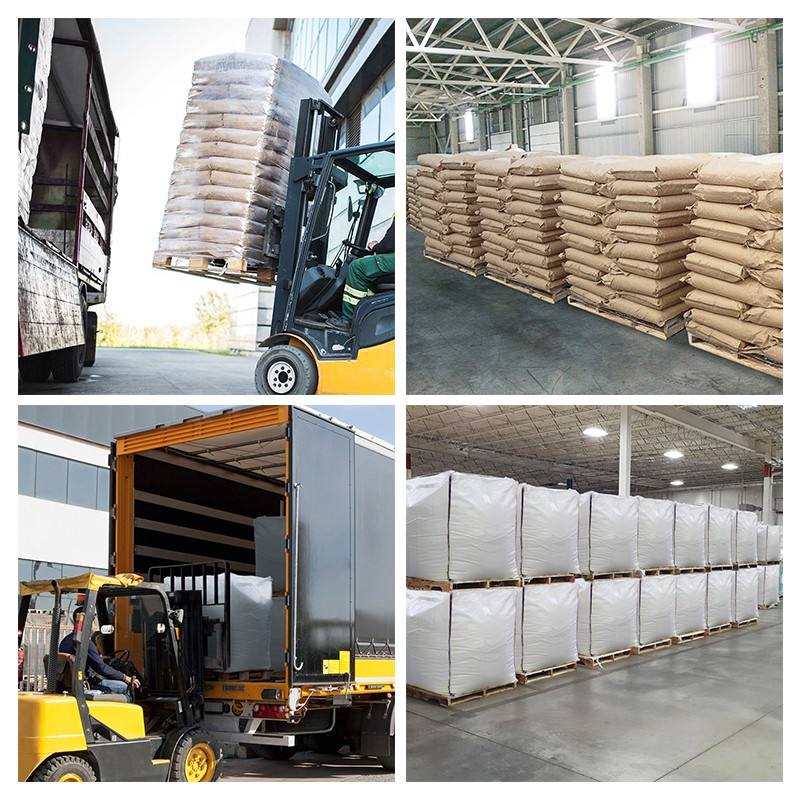
Currently, Sancopack is a partner providing SAP powder to a number of large Manufacturing and Agricultural companies and is highly appreciated for its quality. If you are interested in ordering the product, please contact the hotline number below immediately. Get advice and quotes.
Q&A – Frequently Asked Questions About Super Absorbent SAP Powder
What is SAP powder?
SAP powder stands for Super Absorbent Polymer powder, also known as super absorbent powder or water absorbent powder. This is a type of polymer material that has the ability to absorb and retain water extremely effectively, often used in everyday products such as diapers, absorbent sheets and personal care products.
What are the uses of SAP powder?
The main use of SAP powder is to absorb and retain water. They can hold large amounts of water relative to their weight, helping to minimize water seepage and dampness in products, such as diapers and absorbent sheets.

In what fields can SAP powder be used?
SAP powder is used in a variety of fields, including diaper manufacturing, absorbent sheets, personal care, agriculture (helps retain soil moisture), industry (oil absorbent, industrial waste) and in food production (helps retain moisture and prolong storage time).

How to use Super Absorbent Polymer powder?
To use SAP powder, you need to mix Super Absorbent Polymer powder with water or the liquid you want to absorb. The powder will quickly absorb the liquid and turn into a pasty gel. You can adjust the ratio of SAP powder and water to achieve the desired consistency.
Is SAP powder safe? SAP powder is considered safe for human health and the environment. However, you should not swallow them and should keep them out of reach of children to avoid the risk of choking.
How much SAP powder should be used?
The amount of SAP powder needed depends on the application and purpose of use. You should refer to the manufacturer’s instructions for use or learn more about SAP powder to make the appropriate decision.
Is SAP powder compostable?
Some Super Absorbent Polymer powders are compostable, but not all. Many types of SAP powder are produced from natural ingredients such as starch and cellulose, which are biodegradable. However, there are also SAP powders produced from petroleum raw materials, which have a longer decomposition time and are less environmentally friendly.
Does SAP powder have an impact on the environment?
The impact of SAP powder on the environment depends on the type of SAP powder and how it is used. Natural and biodegradable SAP powders often have less impact on the environment than non-degradable SAP powders. However, if SAP powders are not handled properly after use, they can pollute the environment and water sources.

Can SAP powder absorb moisture in food products?
SAP powder can be used to absorb moisture in food products, helping to retain moisture and prolong storage life. However, you should choose a suitable SAP powder that is safe and allowed to be used in the food industry.
Can SAP powder be reused?
Some SAP powders are reusable after absorbing the liquid. You can dry the SAP powder to return it to its original powder form, then use it again to absorb another liquid. However, reusability depends on the type of SAP powder and usage conditions. In some cases, such as when absorbing hazardous waste, reuse is not a safe or effective option.
Products used from SAP powder?
Products made from SAP powder include:
- Diapers: Super Absorbent Polymer powder is commonly used in baby and adult diapers to absorb and hold liquid, helping to minimize wetness and improve user comfort.
- Absorbent Sheets: SAP powder is also used in absorbent sheets, such as pet absorbent sheets, to absorb liquids and keep the surrounding environment dry.
- Personal care products: SAP powder can be used in personal care products such as pads, sanitary pads, and bandages to absorb and retain liquid.
- Agriculture: Super Absorbent Polymer powder is used in agriculture to keep soil moist, helping plants grow better in dry conditions.
- Absorbs oil and industrial waste: Super Absorbent Polymer powder is used to absorb oil and industrial waste, helping to clean the environment and prevent pollution.
- Food products: SAP powder can be used to moisturize and prolong the shelf life of food products, but it is necessary to choose SAP powder that is safe and suitable for the food industry.
- Cooling and moisturizing: SAP powder is used in products such as cooling pillows, moisturizing masks and cool towels, which help retain water and cool the body in hot weather.
- Pet Care: SAP powder is also used in pet care products, such as pet bed cushions, to keep them drier and more comfortable.
- Other applications: SAP powder is also used in many other applications, such as anti-slip, filling stuffed toys and producing hand cleaning gel.
- Food absorbent pads: Food absorbent pads made from SAP powder are a type of product designed to absorb liquid and retain moisture in food products. They help minimize moisture and prevent bacterial growth, prolong storage time and maintain food product quality. Food absorbent pads are often used for foods such as meat, fish, poultry, vegetables and canned goods. They are placed under food products or inside packaging to absorb liquids released during storage.
-
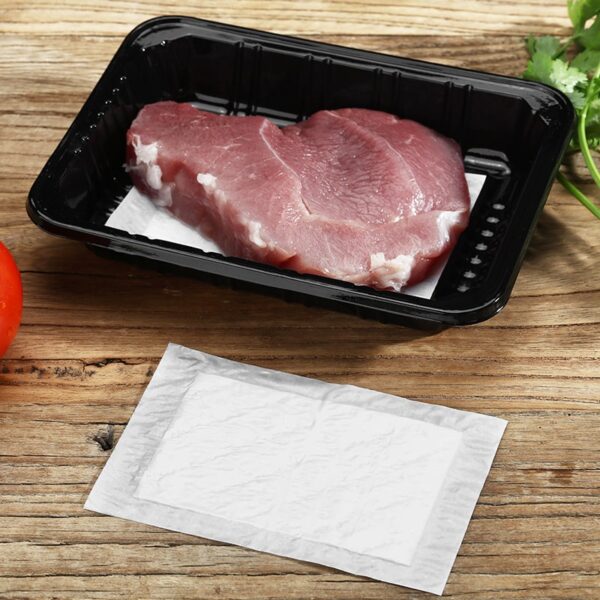
SAP powder in food absorbent pads is carefully selected to ensure safety and suitability for the food industry. They are often produced from natural materials such as starch and cellulose, are biodegradable and have little impact on the environment.
How does SAP powder make gel ice?
Gel ice is a product made from SAP powder combined with water, creating a pasty gel that can keep cold. Gel ice is often used to keep food, drinks, or items that require low temperatures during transportation and storage cold. To make gel ice from SAP powder, you can follow these steps:
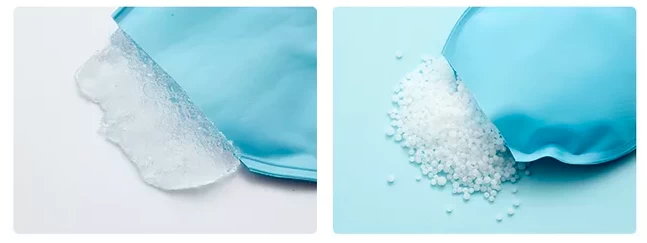
- Prepare SAP powder: Purchase SAP powder suitable for your application. Ensure that SAP powder is safe and does not harm the user’s health.
- Mixing SAP powder with water: Mix SAP powder with water according to the ratio suggested by the manufacturer or based on usage experience. A common ratio is 1 part SAP powder to 50-100 parts water. You can adjust the ratio to achieve the desired gel consistency.
- Wait for the SAP powder to absorb water: When SAP powder comes into contact with water, it will quickly absorb and turn into a pasty gel. For the gel to reach consistency and stability, you need to wait about 15-30 minutes.
- Packing the gel: Once the gel is formed, you can pack it into a sealed plastic bag or suitable packaging, then seal it to prevent the gel from leaking out.
- Freeze gel ice: To use gel ice, place them in the freezer of your refrigerator and leave them there until they reach the desired temperature. Cooling time will depend on the size and amount of gel.
- Use gel ice: Once gel ice has cooled, you can use it to keep food, drinks, or other products that need to maintain a low temperature cold. Place gel ice in a cooler bag, insulated box or product packaging to maintain temperature.
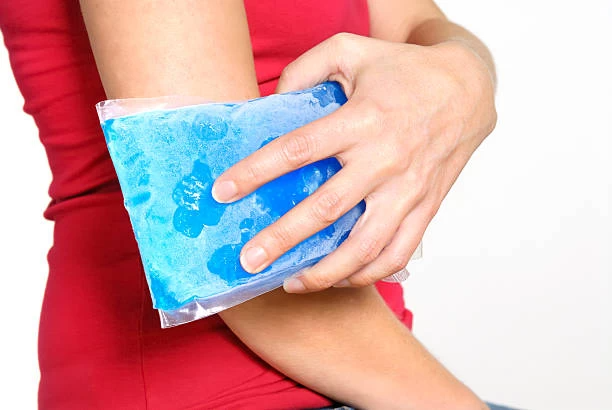
Note: When using gel ice, make sure that the gel does not come into direct contact with food. Use appropriate bags or packaging to prevent contact and avoid food contamination. Furthermore, after use, you can refreeze the gel ice and use it again and again. However, if the gel ice is torn or leaks, you should throw it away and not reuse it to ensure safety and hygiene.
HOTLINE: 028.73002579 (HCM) – 024.73002579 (Ha Noi)
Receive advice and order quality reputable products at:
SAO NAM JOINT STOCK COMPANY (SANCOPACK)
Email: info@vietnamtravelcard.vn.vn



